Disruptive behavior is not always a sign of defiance - it’s often a signal that a student needs support, structure, or connection. In an elementary classroom, where emotions run high and self-regulation is still developing, it’s essential that teachers respond with intention rather than impulse. When a student’s actions begin to interfere with the learning of others, the challenge becomes twofold: protect the integrity of the classroom environment while preserving the student’s dignity. The following five strategies offer calm, effective, and respectful responses that empower teachers to redirect behavior without derailing the flow of learning or damaging relationships.
When a student consistently disrupts the learning environment, it’s important to respond with firmness, consistency, and care. The goal is to stop the disruption, maintain the flow of learning for others, and support the student in building better self-regulation skills over time.
Here are 5 targeted strategies you can use in-the-moment when a student is repeatedly misbehaving:
1. "Two Feet, No Words" - Silent Proximity
Strategy: Without stopping the lesson or calling attention to the student, calmly walk to their desk and stand nearby.
Why it works: Your physical presence often redirects behavior without escalating the situation. It avoids giving the student the “audience” they may be seeking.
Tip: Keep your tone neutral, body calm, and teaching moving.
2. Redirect with a Pre-Established Signal or Cue
Strategy: Use a silent hand signal, visual card, or agreed-upon cue to redirect the student privately.
Why it works: It preserves dignity and keeps the class moving without interruptions. It also helps students build self-monitoring skills.
Example: Flashing a “focus” card on the desk or giving a discreet tap on their desk followed by eye contact.
3. Name, Expectation, Thank You
Strategy: Calmly state the student’s name, followed by the clear behavior expectation, then a positive close.
Why it works: It's direct, respectful, and emotionally neutral.
Example: “Lena, eyes on the board and pencil moving - thank you.”
Avoid: Sarcasm, public scolding, or open-ended questions like “Why are you doing that?”
4. Remove the Audience (Quick Break or Reset Spot)
Strategy: Quietly direct the student to a reset spot, calming corner, or hallway for a quick pause from the environment.
Why it works: It prevents further disruption, allows the class to continue learning, and gives the student space to regulate.
Important: Follow up later with a supportive conversation - never use this space as punishment.
5. Quick Restore Conversation with Choice
Strategy: Once the student is calm, offer two simple and positive choices that guide them back on track.
Why it works: Gives the student a sense of control while still steering them toward appropriate behavior.
Example: “You can rejoin the group and help your partner, or start on the task independently. Which one works for you?”
When faced with ongoing disruption, it’s easy to feel frustrated or defeated - but these moments can become powerful opportunities for growth, both for the student and the teacher. The most effective classroom managers don’t rely on loud voices or harsh consequences - they lead with calm confidence, clear expectations, and compassion. By using simple, in-the-moment strategies that emphasize accountability and choice, you create a space where students feel guided, not punished. Ultimately, it’s not just about regaining control - it’s about helping every student learn how to succeed within the classroom community.

